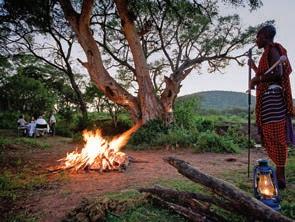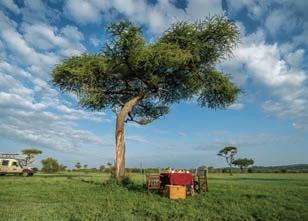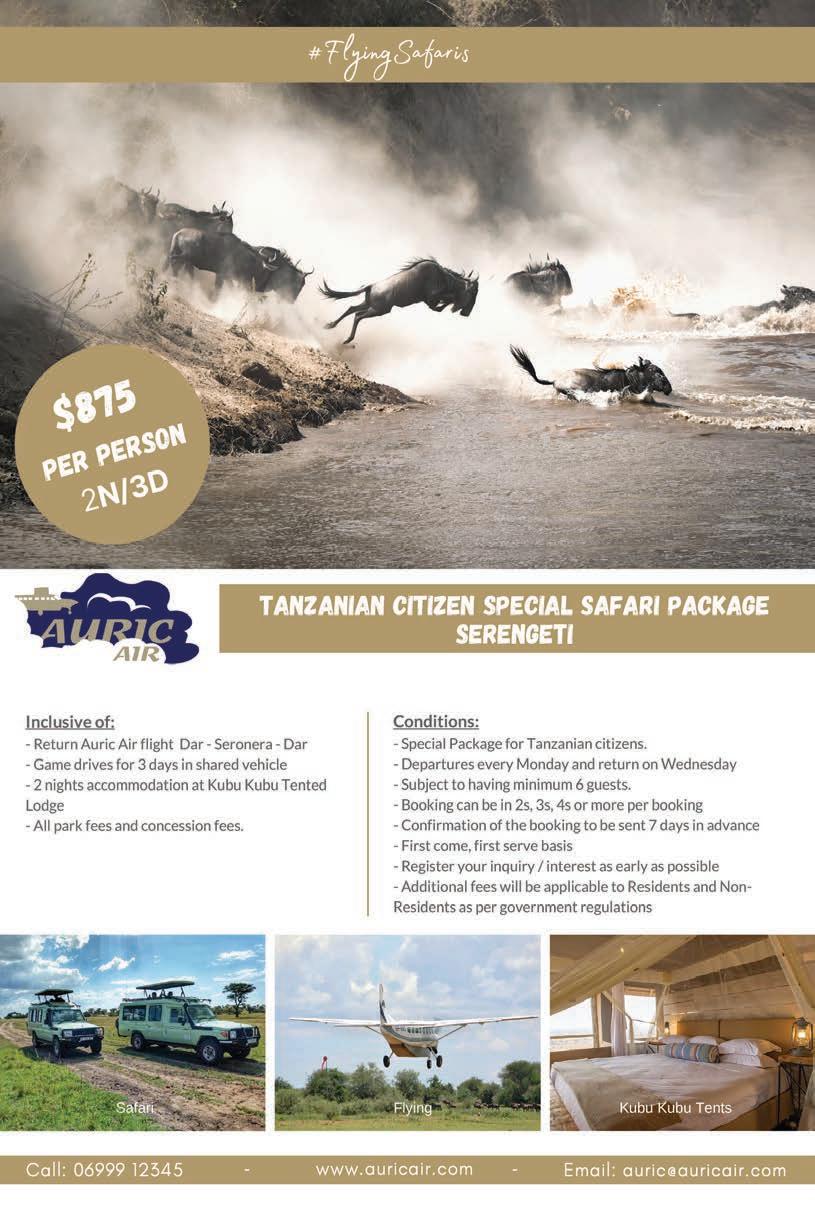
6 minute read
Serengeti: The Land of Unique Wildlife Migration
Serengeti National Park

Advertisement
The Land of Unique Wildlife Migration
Ssavanna as well as riverine forest and woodlands. The park lies in the north To the south-east of the park is the south-west lies Maswa Game lies Loliondo Game Control Area.
absolutely huge. If you are intent then where you stay is as much are travelling as it is the style of camp or hotel you are looking for. Get the that you will not see the herds.
e enter eroner e In Seronera is a network of river valleys that ensure year-round water supplies and keep the region incredibly rich in wildlife throughout the year. Seronera has all the best features of the
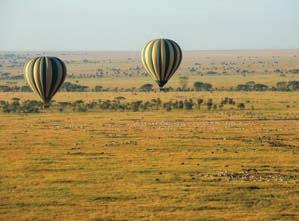




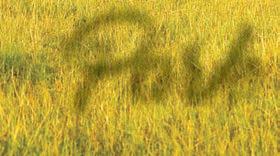
Serengeti National Park
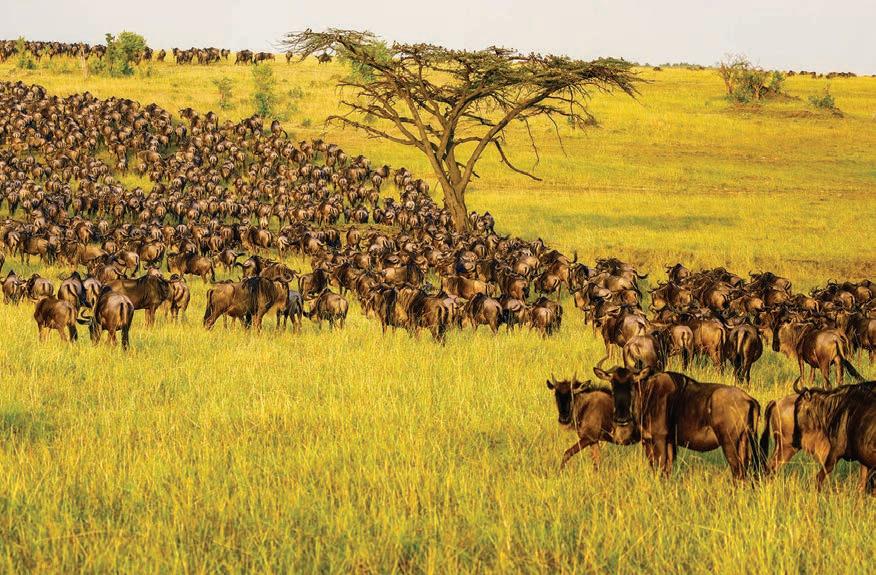
kopjes and lines of hills to add interest. The resident game cheetah and lion. These live reach of both the Southern Western corridor: Stretching into what’s known as the Western Corridor. The key feature of this area is the two
forest. This area sustains a very good permanent game predators and forest ‘specialists’ like colobus monkeys. The pausing to gather momentum before crossing the crocodile : The landscape is dominated by open woodlands (predominantly the Mara River on the border migratory wildebeest and
zebra (which occur from July to bushy savannah is the best place dik dik. : almost treeless grassland of the scenery of the park. This is they remain in the plains from
December to May. Other hoofed waterbuck- also occur in huge numbers during the wet season. which are very common in as well as a refuge for hyrax and pythons.




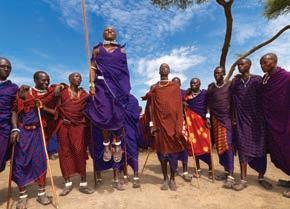

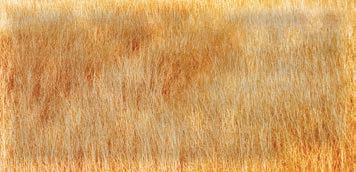

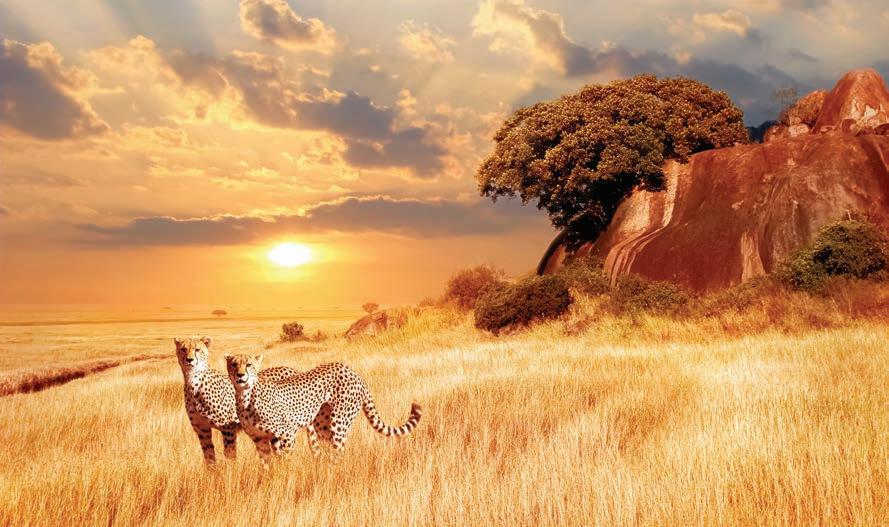
protect the greatest and most varied altogether make up some 14% of the record that few other countries can match.
virtually uninhabited but about hundred years ago the nomadic Maasai came down from the north to set foot in the area was the German explorer and naturalist Dr. He was followed by his compatriots who built Fort Ikoma in the north 1917.
in 1913. They found the wildlife an American arrived in a strange new car and news of the wonders of the made them so scarce (they were the area in 1921 and a full one in 1929. With the growing awareness was expanded and upgraded to a Area was established in the southeast as a separate unit.
In the open grass plains during the rainy months from November to May hundreds of thousands of wildebeest and Burchell’s zebra point for one of the great wonders when the grass becomes dry and mass in huge armies. All is far from and each male tries to establish a begin their trek in a column several miles long to the permanent waters one group turning north-east and Mara River in the north. This mass movement has a following of of the weaklings
The River crossings happen at any experiences. The wildebeest are easily spooked by real or imagined of dust as they turn on their heels and run away. Or maybe the herd is just not ready to cross the river and they are milling around contentedly. as the herds struggle to get to the crocodiles.
Originally formed by volcanic sun. It now varies from open grass to extensive woodland and black



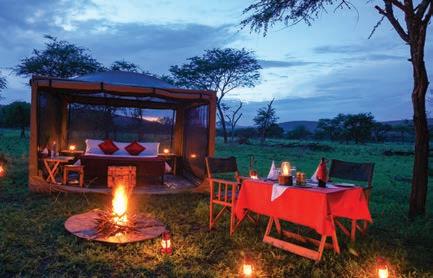


throughout. In the south-east rise the great volcanic massifs and craters of the Ngorongoro wildlife.
e s i
It’s not all wild animals out on there: there are the people of the t e s i. A striking their inst nt reco nis e red hundred years. The Maasai are an indigenous group of seminomadic people who have lived recognised African ethnic revolves around The Maasai rely heavily upon their herds of cows and goats for believe they were
species of birds including weaver.
t re Wi d i e ri
Tanzania’s oldest and most a world heritage site and recently proclaimed a 7th especially when some six million



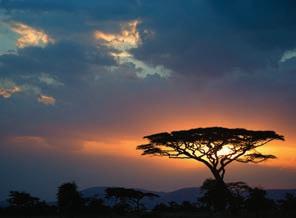
wildebeest’s trek for fresh grazing. viewing in Africa: great herds of impala and Grant’s gazelle. The spectacle of predator versus prey dominates Tanzania’s greatest park. Golden-maned lion prides feast on the abundance of plain grazers. Solitary leopards haunt the acacia a high density of cheetahs prowls the south-eastern plains. Almost and marabou stork.
much as it has done for at least wildebeest leave the southern search of the grass and water they need to survive. During their annual pilgrimage they will travel some 2.000 miles devouring 4.000 tonnes
Wi de eests rc e s e r s nd
the animals thus the reason to consists of White Bearded and Thomson’s gazelles. own innate biological triggers determined to search for water and greener pastures. Over a million wildebeests begin
Over half a million Burchell’s
- Scheduled and private Flight Link and Safari Air. Crater.
You won’t be disappointed to have arranged with hotels/tour operators. musical rocks. Visit neighbouring Ol Doinyo Lengai volcano and Lake
W en to o
places in Africa of which you can say the game viewing is outstanding at lodges are ridiculously good value the park is either from January to March which includes the spectacle of July all the way to the middle of November when the herds are crossing the Mara river to or from
Whether a visitor decides to drive from large hotels to small luxury and many more.
nearest tour operator.
